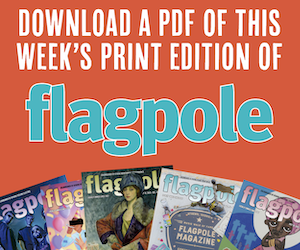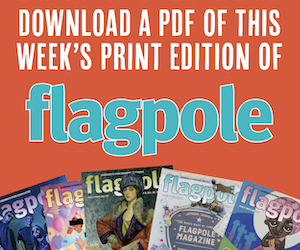Gas prices are rising, road rage is roiling and highways are hellish across America today, but Americans who were children in the late 1950s and early 1960s can remember times when families took pleasure drives down roadways that had not yet been standardized by the interstate highway system. During that post-World War II era, the title of Jack Kerouac’s most famous novel also could have been an apt description of this nation: On the Road.
In the late 1950s, gas prices were about 30 cents per gallon—cheaper sometimes—and the U.S. minimum wage was $1 per hour. The Americans who had served in World War II and Korea were home again, buying cars, building homes and raising families. In a time “when men were iron and cars were steel,” America’s dads by the millions sat behind the wheel on long pleasure drives down two-lane roads. While America and Russia were running a Cold War “space race” after the Soviets orbited their Sputnik satellite in 1957, American cars sprouted tail fins as Detroit automakers strived for a futuristic rocket motif to match the Space Age times.
Novelist John Steinbeck lamented that the interstate highway system gave Americans the ability to cross the country without seeing anything, but he praised the storied Route 66 as “the mother road.” A song and a TV show were titled “Route 66,” but even Americans who lived far from that legendary road could enjoy pleasure drives in every section of the country while listening to rock music from radio stations that blanketed the nation with tunes that still stand the test of time today. In 1957, car radios blasted “Jailhouse Rock” by Elvis Presley and “Come Go With Me” by the Del Vikings, a doo-wop classic by one of the first racially integrated rock bands.
In 1958, we kids sitting in the backseats during family trips were rockin’ to songs like “Bird Dog” by the Everly Brothers and “Waitin’ in School” by Ricky Nelson. By 1959, car radios were broadcasting hits like “What’d I Say” by Ray Charles, “Poison Ivy” by The Coasters and the haunting instrumental tune “Sleepwalk” by Santo & Johnny. There was great music on the radio during car trips in those days, but some of the best entertainment came not from the radio, but from the road itself: Burma-Shave signs that used quirky poetry to advertise a product. From the 1920s to the early 1960s, Burma-Shave signs entertained generations of Americans with what writer Frank Rowsome Jr. called “the verse by the side of the road.”
Burma-Shave signs were red with white lettering. Each of the small roadside signs had a line of poetry, and each sign was placed about 100 feet apart so that the poems could be read in sequence by passing motorists. The final sign was the Burma-Shave name touting its “brushless shaving cream.” Burma-Shave signs said that men who used the product could score with women who wanted a clean-shaven man: “His face was smooth/ And cool as ice/ And oh Louise!/ He smelled so nice.” Facial hair could never snare a lady fair, according to Burma-Shave: “With glamor girls/ You’ll never click/ Bewhiskered/ Like a/ Bolshevik.”
Since Burma-Shave signs were designed to be seen by motorists, they often used humor to push safe driving. One of the sign series that was a masterpiece of brevity and levity said, “Road/ Was slippery/ Curve was sharp/ White robe, halo/ Wings and harp.” Another Burma-Shave highway poem warned, “Don’t pass cars/ On curve or hill/ If the cops/ Don’t get you/ Morticians will.” A set of Burma-Shave signs now in the collection of the Smithsonian’s National Museum of American History reminded drivers that “The one who/ Drives when/ He’s been drinking/ Depends on you/ To do his thinking.”
Burma-Shave signs are gone, and pleasure drives are a fading memory in today’s fast-paced world. Reading the Burma-Shave signs was a cherished roadway ritual remembered by generations and saluted by author Rowsome: “Farewell, o verse/ Along the road/ How sad to/ Know you’re/ Out of mode.”
Like what you just read? Support Flagpole by making a donation today. Every dollar you give helps fund our ongoing mission to provide Athens with quality, independent journalism.










